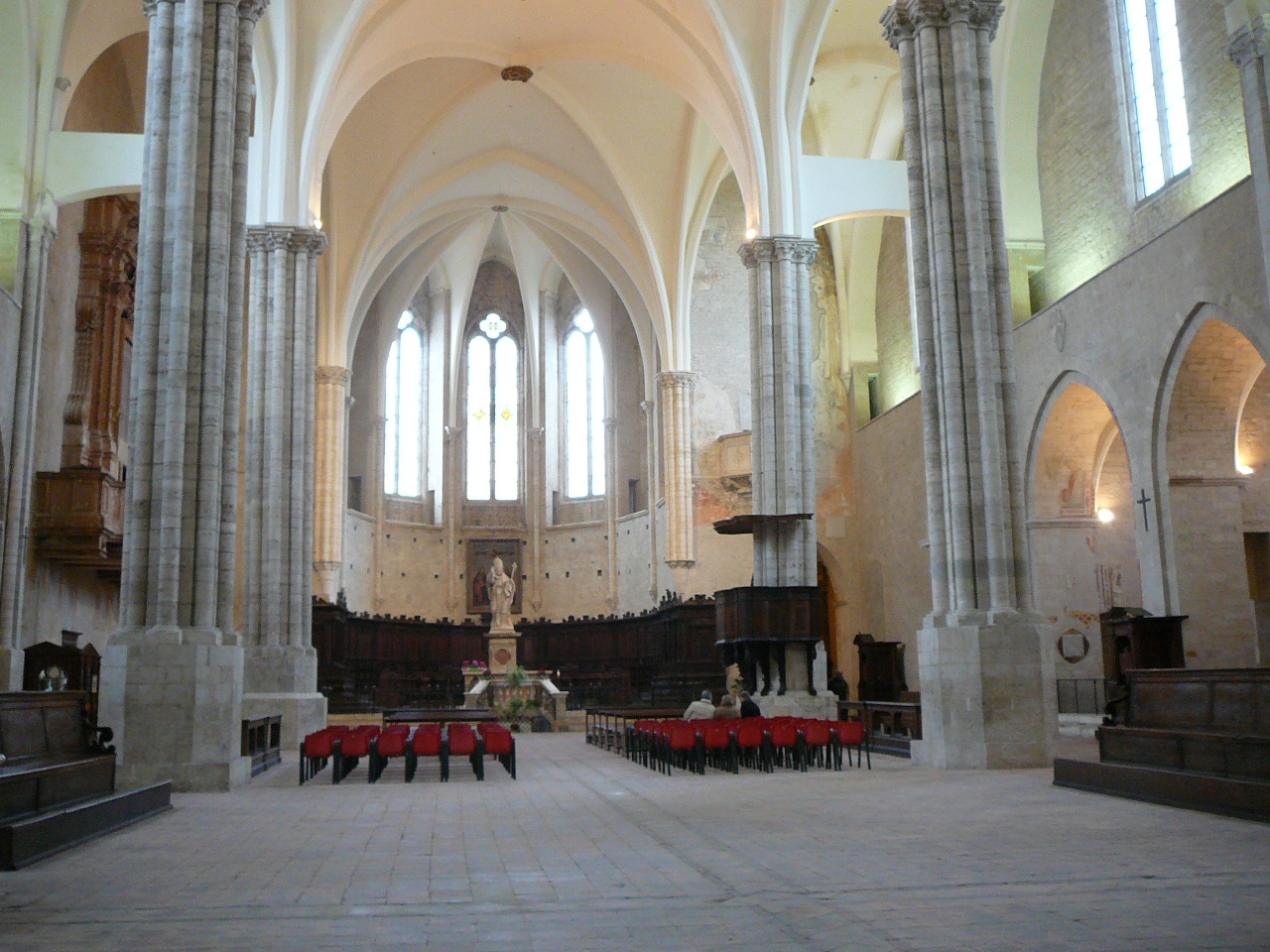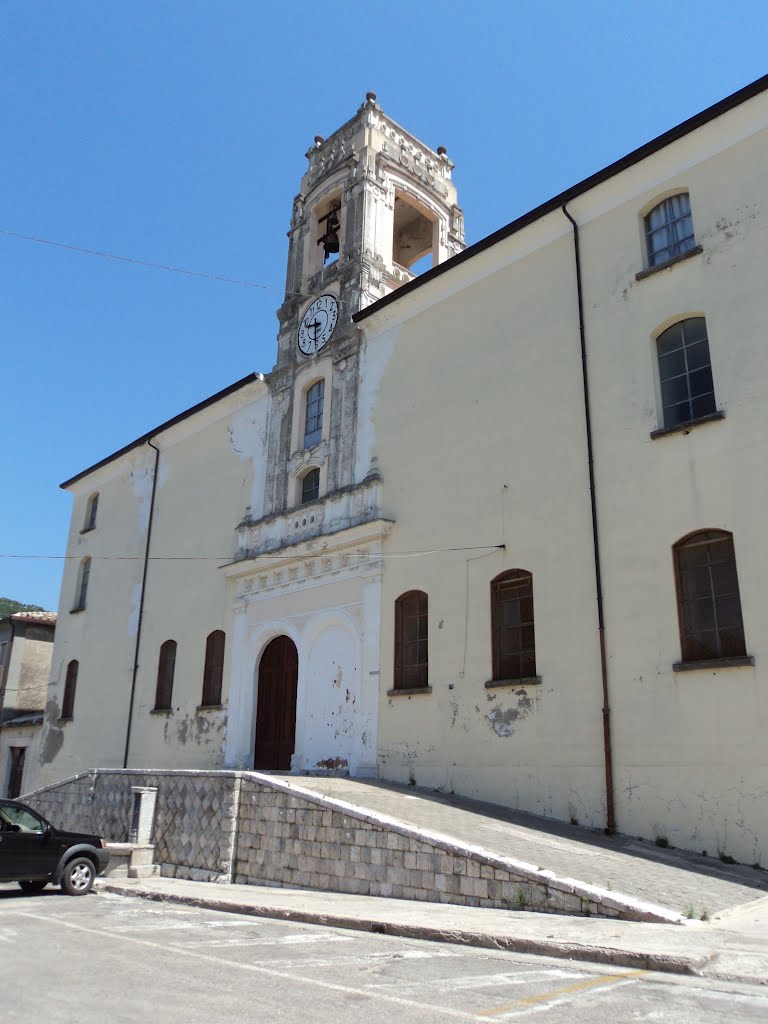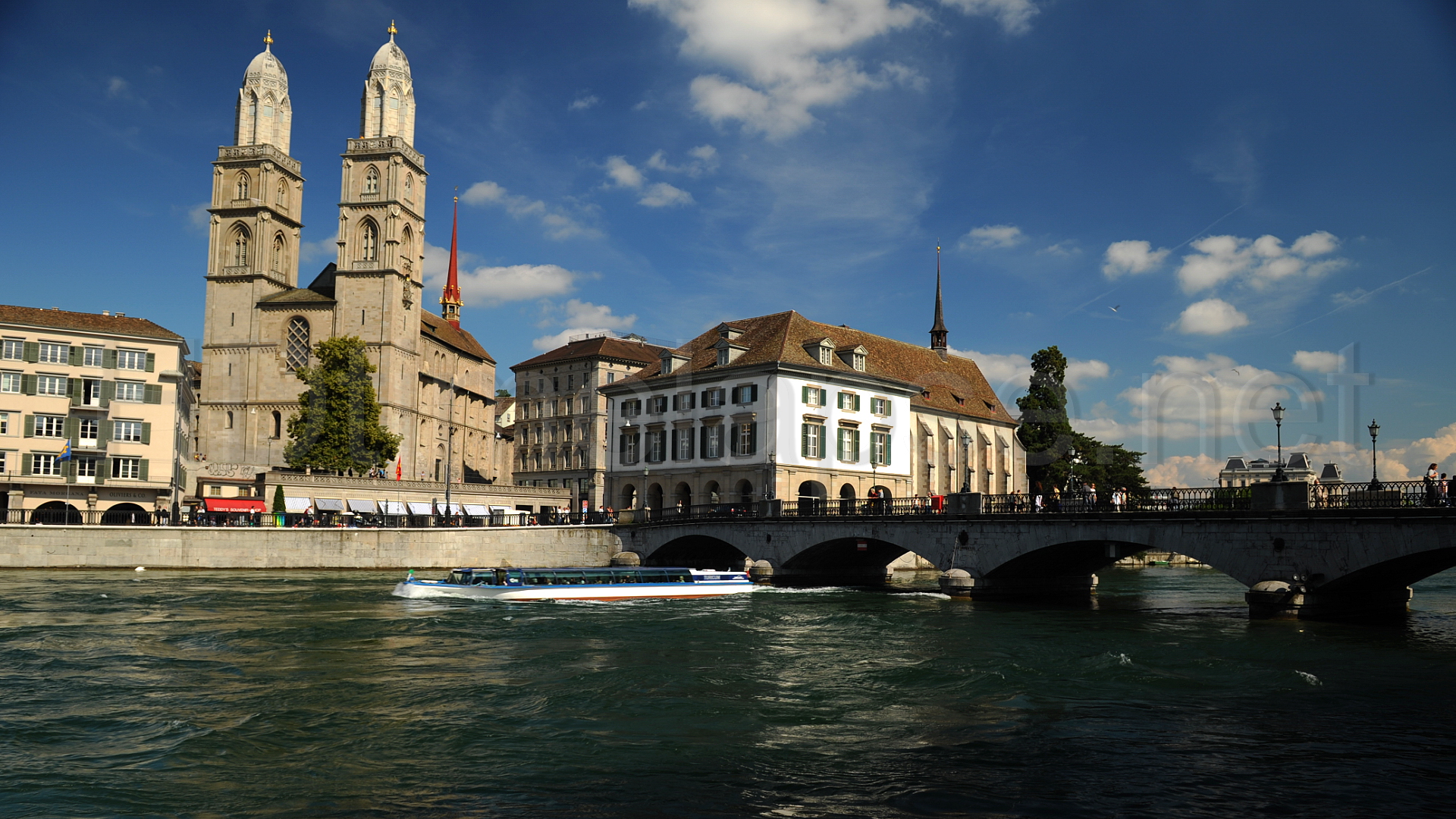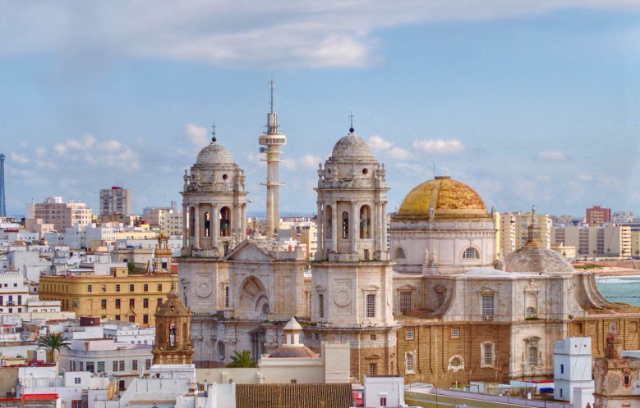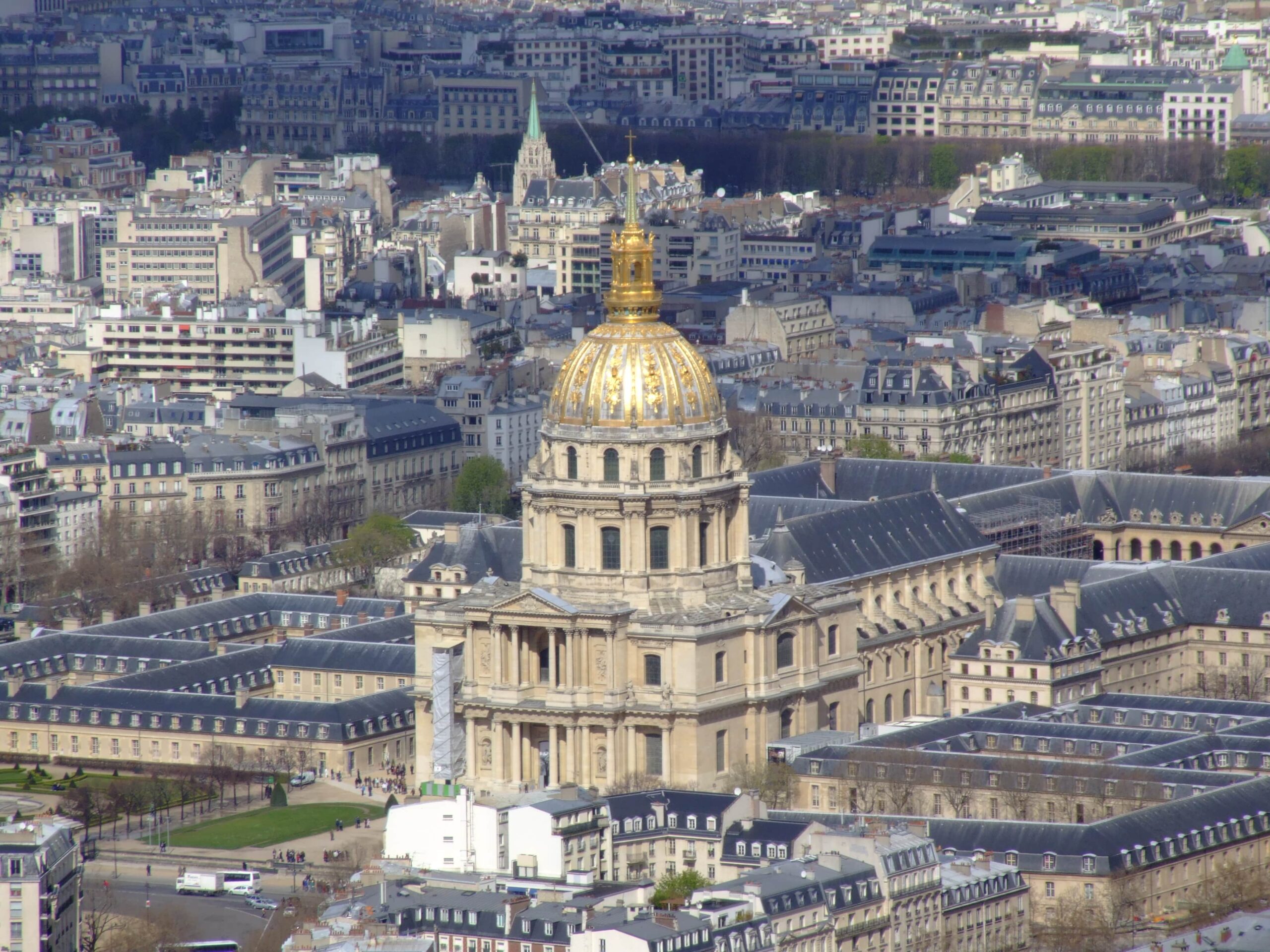The funerary complex, which stands on a high podium, was carved directly into the tuffaceous rock on three sides and has a monumental facade overlooking the entire valley and is accessible via two side staircases.
he monument is built without the addition of external parts and because of this, due to the friability of the tuff, many of its original architectural elements have been lost.
It was only thanks to decorative fragments recovered during excavations that a fairly realistic reconstruction of the work could be traced.
The entire monument was covered with polychrome stucco according to Etruscan decorative art, which loved bright colors. Unfortunately, however, little of the ‘original appearance of this work remains today, although its charm is still remarkable.
The tomb has remains of the twelve fluted columns that bordered a Pronaos with a coffered ceiling. The columns supported a relief frieze decorated with a series of affronted griffins held up by the tail by a female figure and alternating with rosettes (as can also be inferred from the remains of a portion of the frieze). The only remaining column, in whose capital we recognize anthropomorphic figures, supports a remnant of a lacunar ceiling.
Inside, at the bottom, the remains of painted plaster can be seen.
Below the podium a deep dromos (access corridor) dug into the tufa for about ten meters provides access to the tomb. This entrance intersects another on the right that descends into the ground for about 10 meters and reaches a tomb dating to the 4th century BCE. The interior of the latter burial chamber is Greek in style, and its ceiling is decorated with well-polished coffers of fine workmanship.
The burial chamber of the Ildebranda tomb has no major decorations and no fragments of its grave goods since it was desecrated in ancient times. Equipped with a single platform for depositions, the chamber is articulated according to a Greek cross plan and has a false beam carved in tuff on the ceiling.


